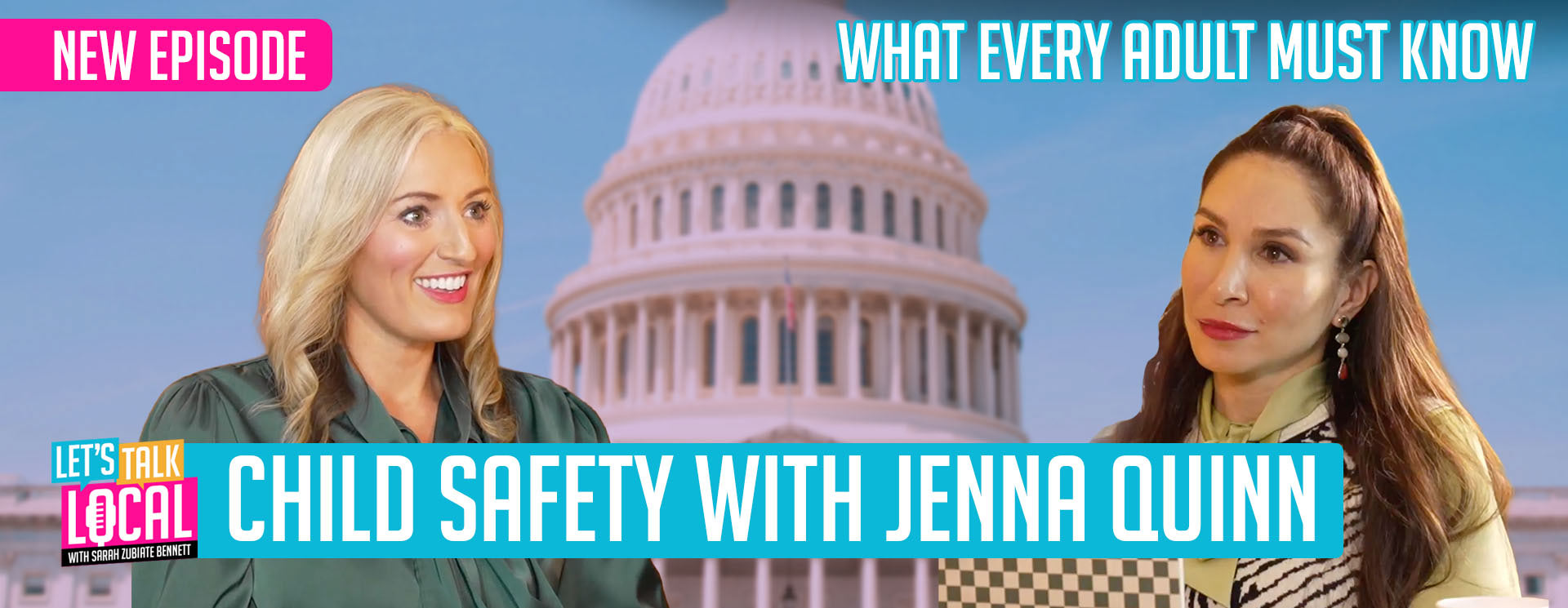A report from The Hill shows that even though there is an increase in enrollment at college campuses, it may be short-lived:
Colleges have seen a recent uptick in enrollment, but a variety of factors — from changes in the employment market to this year’s Free Application for Federal Student Aid (FAFSA) mess — mean the signs of hope could be short-lived.
The National Student Clearinghouse Research Center released data this month showing an increase in enrollment this spring, but the numbers are still below prepandemic levels, as universities face a tumultuous future amid changing job requirements and demographic troubles.
Undergraduate enrollment peaked in 2010 with around 18.1 million students. By 2021, during the height of the pandemic, it had fallen to 15.4 million.
“Whether it’s a fluke or not, there are a lot of factors that are indicating that the downward trend may well continue,” said Stephen Henn, adjunct professor of economics at Sacred Heart University.
The report found undergraduate enrollment went up 2.5 percent this spring, the second annual increase in a row after years of declines.
The most immediate issue that could affect those gains in the fall are this year’s FAFSA forms. While the FAFSA season typically begins in October, the applications weren’t available until January. From there, numerous delays occurred, from issues with the website to incorrect amounts of aid sent to students.
To read the entire article on The Hill, click HERE.


